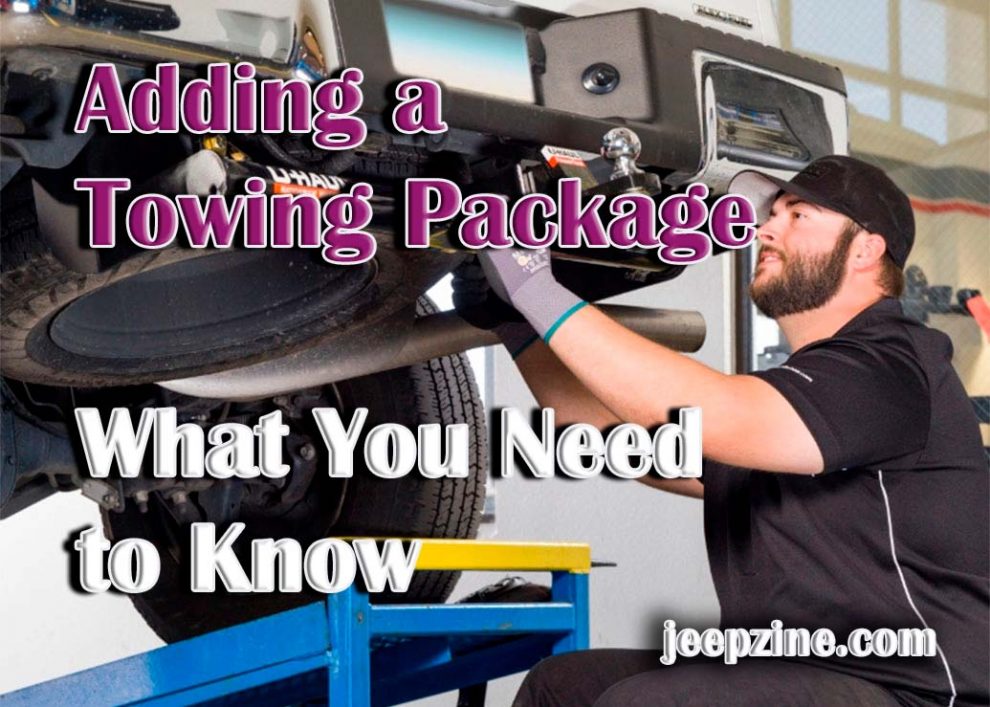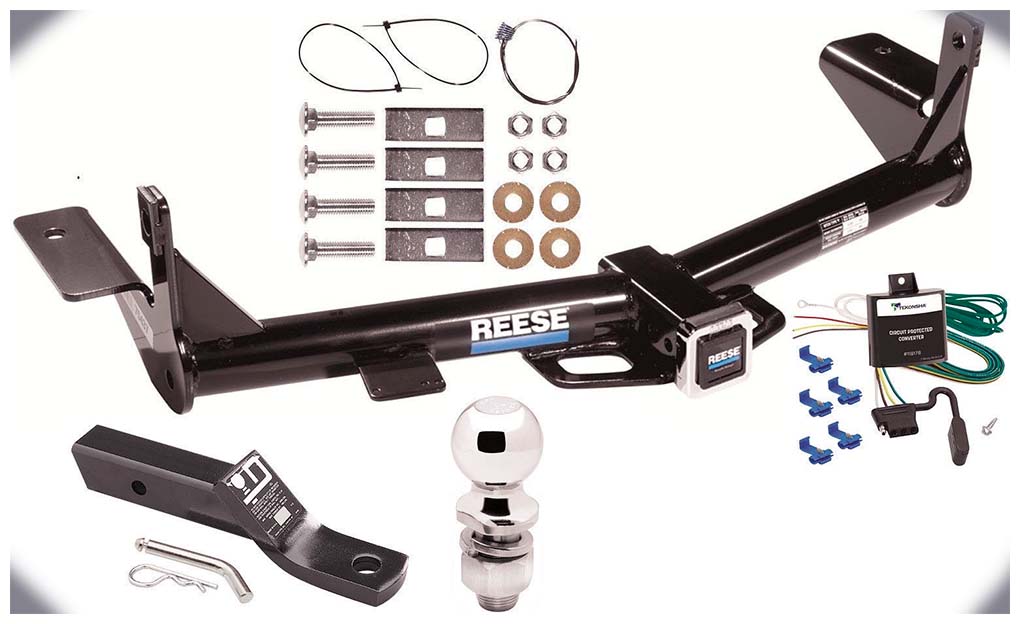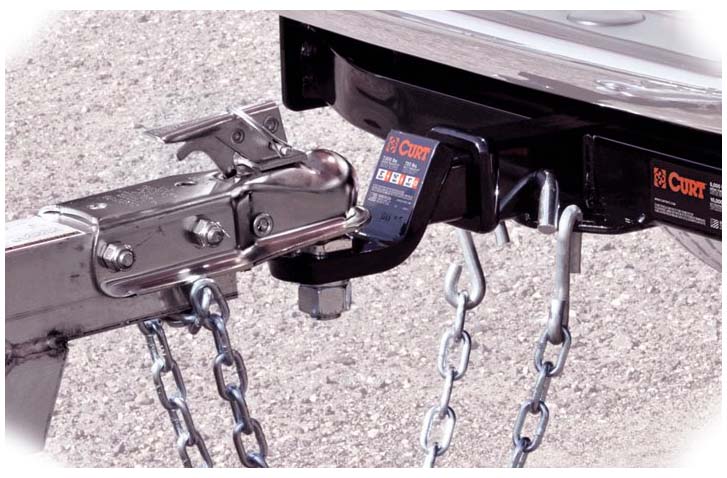Adding a towing package to your vehicle can give you the flexibility and convenience of having a trailer or other heavy load when you need it. Whether you’re taking a weekend getaway or hauling a large load, adding a towing package can be an essential part of your vehicle’s set-up. In this article, we’ll cover all the essentials of adding a towing package and how to make sure you are ready for any load with this comprehensive guide.
What Does A Towing Package Include?
A typical tow package includes some combination of the following components:
Heavy-duty hitch receiver
- Wiring harnesses for trailer lights and brakes (if applicable)
- Load leveling suspension kit (to compensate for increased weight)
- Auxiliary transmission cooler (for optimal performance when hauling large loads)
- Tow hooks and other mounting hardware
- Safety chains
- Hitch ball
Benefits of Adding a Towing Package
Adding a tow package offers several benefits, such as improved safety when hauling heavier loads, increased stability while driving on rough terrain, easier maneuverability when going around sharp turns or backing up in tight spaces, better performance from your vehicle when towing, and increased convenience by having all the necessary components in one ready-to-install package.
Different Types of Towing Packages
When selecting a towing package for your vehicle, there are three main types to consider: weight distribution, equalizer and adjustable. Weight-distribution packages (also known as WD or WDH) are designed for larger tow vehicles that need additional support when hauling large loads. Equalizer packages (also known as EZ Hitch) provide a single point of connection and help reduce swaying while driving; they are typically used with smaller trailers or RVs. Adjustable packages provide the flexibility of being able to adjust the hitch according to the size and weight of the trailer being towed.
How to Select the Right Package for Your Vehicle
When selecting a tow package for your vehicle, make sure it is designed specifically for your make and model. Additionally, you should also consider factors such as tongue weight capacity, Gross Vehicle Weight Rating (GVWR), Gross Combined Weight Rating (GCWR), load capacity, size of trailer being towed, type of receiver hitch needed, type of hitch ball needed, wiring harnesses required, and other components needed. It’s best to consult with a professional to ensure you are selecting the right package for your vehicle and trailer. Once you have determined the appropriate tow package, you may be interested in choosing the best truck for towing a trailer to gain insights on the most suitable truck for your towing needs. This will help you make an informed decision, ensuring a safe and enjoyable towing experience with your travel trailer.
Pre-Installation Checklist
Before installing your tow package, make sure you have the following items:
- All components necessary for installation
- Safety equipment such as gloves, safety glasses and a jack stand
- Tools such as wrenches, sockets, and screwdrivers
- Leveling device (for weight-distribution packages)
- Torque wrench (for WD packages)
- Wire cutters (for wiring harnesses)
Steps for Installing A Towing Package
Installing a towing package requires careful attention to detail and some knowledge of the vehicle’s electrical system. Here are the general steps you should follow:
-
Start by preparing the vehicle for installation. Make sure the engine is off, and disconnect all power sources (battery cables, etc.).
-
Consult your vehicle’s service manual for detailed instructions on how to install your specific towing package. In general, you will need to mount the hitch receiver first and then attach all wiring harnesses.
-
Connect the wiring harnesses to their corresponding trailer components (brake lights, turn signals, etc.). Check that all connections fit snugly in place.
-
Once everything is connected, it’s time to test it out. With an assistant helping you, back up your car with a loaded trailer attached. Check that all lights work properly and that brakes stop smoothly when applied. If any issues arise during this stage of installation, troubleshoot, and make necessary adjustments until everything works correctly.
-
Finally, re-attach the battery cables and stow away any extra wiring or mounting hardware in a safe place in the vehicle.
Conclusion
Adding a towing package to your vehicle can be an invaluable addition for any driver who needs the flexibility and convenience of hauling a trailer or other heavy load. By following this comprehensive guide, you’ll be able to select the right package for your vehicle and ensure that everything is properly installed so that you can safely transport whatever load you need.


 Heavy-duty hitch receiver
Heavy-duty hitch receiver
Add Comment